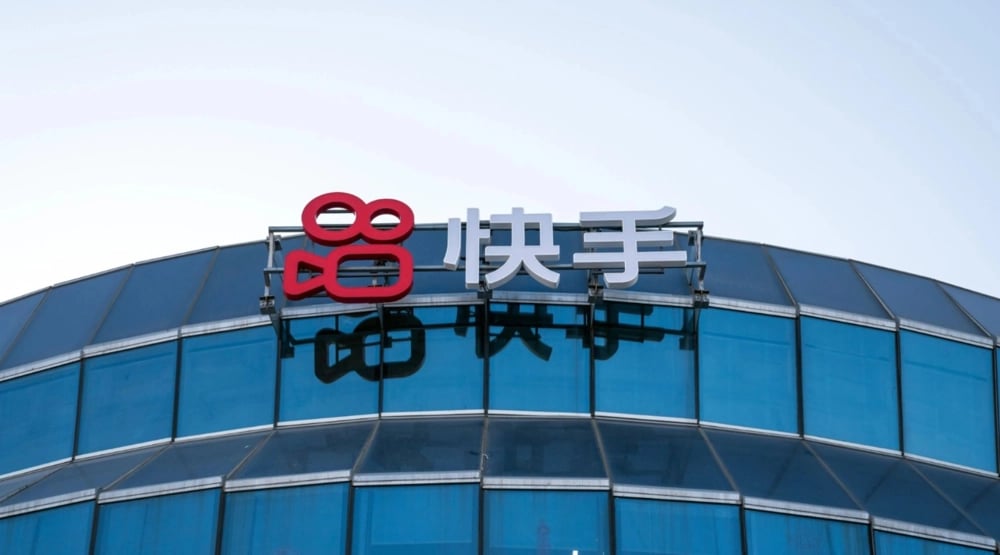Procter & Gamble Co. $PG announced plans to reduce up to 7,000 office jobs over the next two years as part of a broader strategy to streamline operations and boost labor productivity. The planned cuts will affect approximately 15% of the current non-production workforce. No specifics regarding the locations of these job reductions have been disclosed, providing minimal operational transparency at this stage.
Strategic Rationale
The restructuring drive reflects a strategic pivot towards operational efficiency amid an evolving global market. Concentrating on cost management and productivity improvements, PG seeks to align its administrative expenditures with its core objectives. The company’s efforts coincide with a broader industry trend, as several consumer goods giants recalibrate expenses in response to tariff-induced cost pressures and shifting consumer sentiment. Such initiatives underscore the challenges of reconciling traditional operational frameworks with the demands of a competitive market landscape.
Market and Fiscal Implications
The current economic environment, characterized by rising tariffs and deteriorating consumer confidence, has prompted adjustments across the consumer staples sector. With prices on everyday goods on an upward trajectory, companies are enacting rigorous expense management measures to offset adverse impacts. PG’s decision to lower its earnings forecast for the last quarter highlights the tangible effects tariffs and changing consumption patterns are having on profitability. Investors will likely interpret these adjustments as both a short-term caution and a long-term recalibration of cost structures in anticipation of market volatility. Additionally, the anticipated additional expenses for Old Spice—estimated between USD 1 and 1.5 billion—further complicate the fiscal outlook, signaling a potential ripple effect throughout PG’s diverse product portfolio.
Global Investment Considerations
Comments from market analysts suggest that PG’s restructuring is emblematic of a broader corporate shift in cost management strategies. The overlap of rising operational costs due to tariffs and the need for increased efficiency forces traditional manufacturers to reconsider their administrative frameworks. This multidimensional approach potentially leaves lasting impacts on the global markets, where investors are closely watching the interplay between cost reduction measures and revenue forecasts. Companies operating within similar sectors are likely to follow suit, adopting similar rebalancing measures to cushion against market headwinds.
Key Factors
Shift in strategic focus to enhance office productivity;
Impact of tariffs leading to increased operational costs;
Adjustment of profit forecasts in light of declining consumer sentiment;
Broader trend among consumer goods firms to streamline non-production expenses;
Concerns over fiscal pressures exemplified by Old Spice’s projected additional costs.
Concluding Analysis
PG’s restructuring strategy indicates an adaptive response to both internal efficiency imperatives and external economic pressures. By aligning administrative overheads with broader productivity objectives, PG is preparing to navigate the complexities of a changing global market. While the lack of detailed information on the specifics of workforce reductions poses questions regarding its immediate execution, the overarching message remains clear: established market players are compelled to innovate and recalibrate in the face of mounting global headwinds.








The evolving ecosystem demands bold moves like this to remain competitive and future-ready